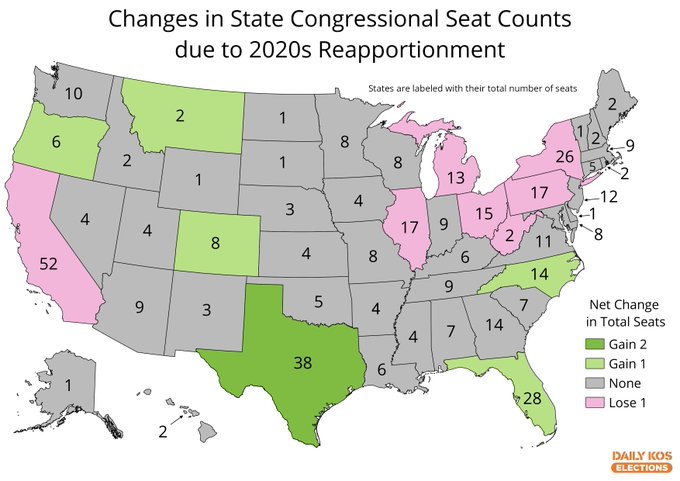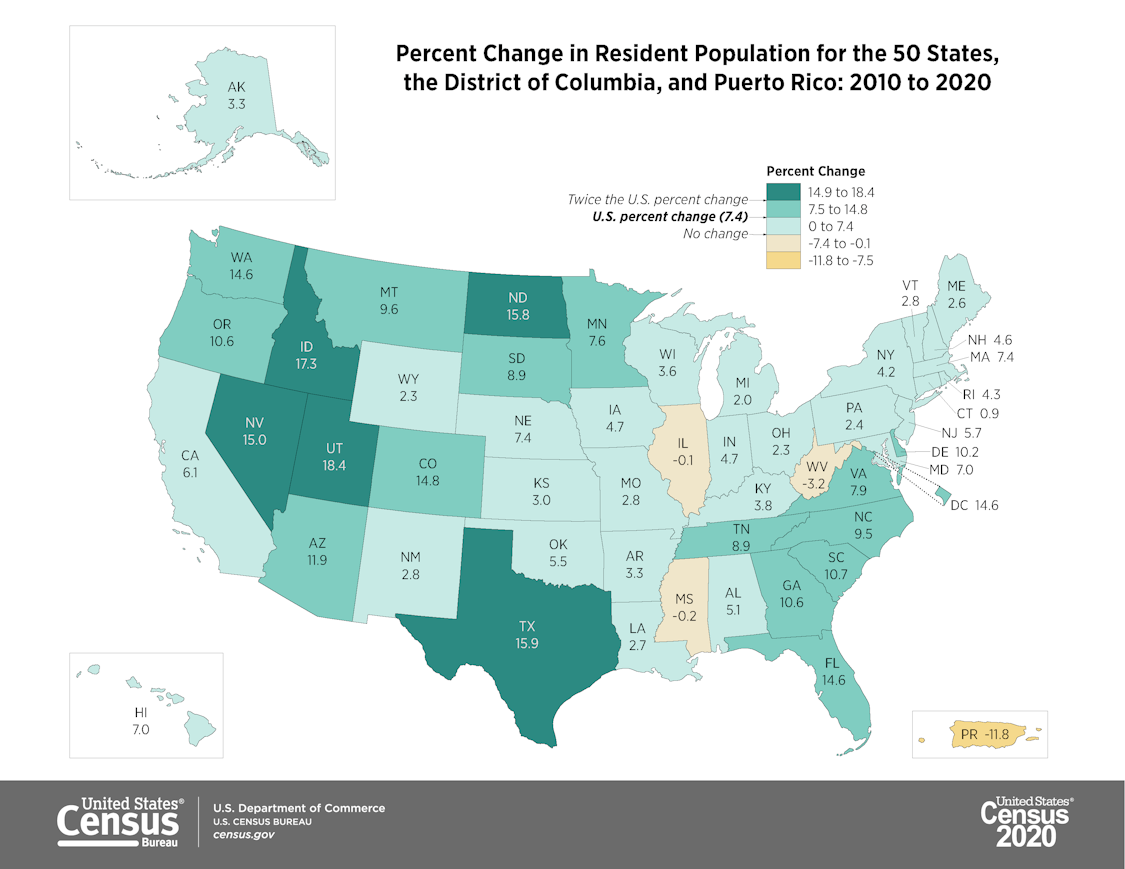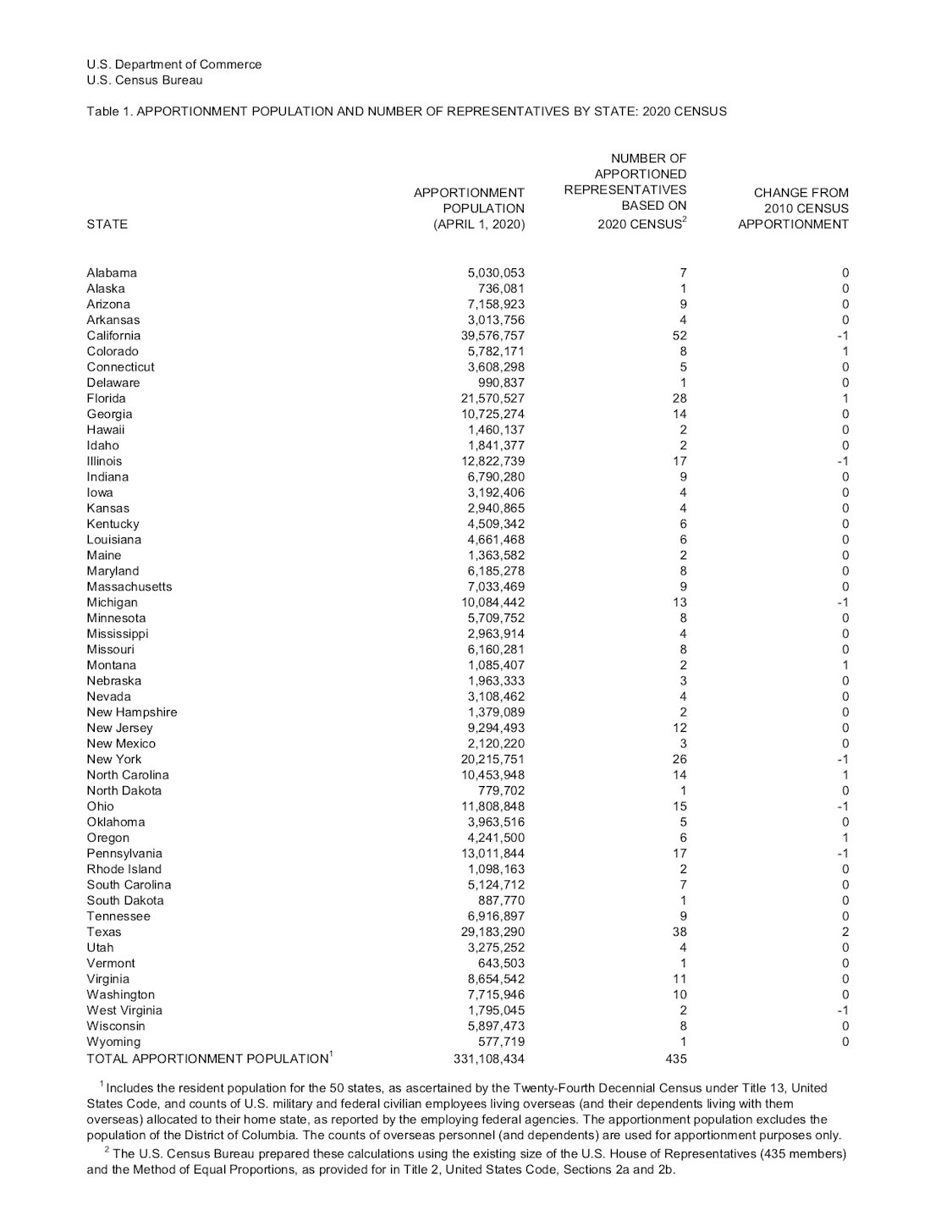Iowa’s Legislative Services Agency (LSA) may be able to use population data from the 2020 census as early as sometime in August, the agency’s senior legal counsel Ed Cook revealed today. The news increases the chance that a nonpartisan map could be prepared in time for state lawmakers to meet a constitutional deadline for approving new maps of legislative districts.
Iowa’s constitution stipulates that the legislature is to adopt a map of state House and Senate districts by September 1 of the year following the decennial census. If the map hasn’t become law by September 15, authority over redistricting moves to the Iowa Supreme Court, which is to have a new legislative map drawn by December 31. The court has not specified how it would approach that responsibility but indicated earlier this month that it favors the nonpartisan process spelled out in state law.
Observers have assumed the Iowa Supreme Court would play a role in this year’s redistricting, because states were not expected to receive detailed population data from the U.S. Census Bureau until late September. However, the bureau announced last month that it would provide “legacy format summary redistricting data” to states by mid- to late August.
In an April 26 email to legislative staff, Cook said the Census Bureau informed states last week “that this legacy format data would now be released by August 16, 2021, or sooner.” The data is the same as what states will receive in September, but it will not be “in a particularly user-friendly format.”
Cook said the LSA contacted its redistricting software vendor last month regarding the data release.
Caliper Corporation stated that the plan is to process the legacy format PL data and provide it attached to 2020 census geography via electronic download at no charge within five business days of the Census Bureau release of the legacy format data.
In other words, LSA should be able to access the legacy format population data no later than August 23, and possibly earlier. Cook had told Bleeding Heartland last month that it wasn’t clear whether the agency would be able to use that data.
In past redistricting years, the LSA typically received population data from the federal government in February and would spend four to six weeks crafting the first set of Congressional and legislative maps. However, given this year’s unique time pressures, it’s conceivable the agency could produce a nonpartisan proposal more quickly.
If the Republican-controlled Iowa House and Senate like the LSA’s first set of maps, the process could advance rapidly. Following the last census, the LSA released its first proposal on March 31, 2011. Three public hearings on the maps were held during the first week of April. The Temporary Redistricting Advisory Commission recommended on April 11 that state legislators adopt the proposal. Both chambers approved the maps on April 14, and Governor Terry Branstad signed the bill on April 19.
The Iowa Constitution sets no deadline for adopting a new U.S. House district map, raising the possibility that legislative and Congressional redistricting could proceed on separate tracks. In that scenario, the Iowa Supreme Court might have the final say over legislative districts, while Republican lawmakers approve a Congressional map later.
Ideally, the LSA would produce both sets of maps, following the nonpartisan process outlined in state law. In a normal year, the agency draws a Congressional map first and works down from there to Iowa House and Senate districts.
In other redistricting news, the Census Bureau released state population totals today. As expected, Iowa will retain four U.S. House districts for the coming decade. According to the 2020 census, the state’s apportionment population count is 3,192,406, and the resident population count is 3,190,369. Cook explained to legislative staff,
The apportionment population consists of the resident population of the 50 states, plus the overseas military and federal civilian employees and their dependents living with them who could be allocated to a home state. This data is not the data needed to start redistricting in this state. However, the resident population total for Iowa will likely indicate the ideal population for Congressional and state Senate and House districts once the data needed to redistrict is released in August.
The ideal population for a U.S. House district on the map for the next decade will be 797,592. The ideal population for an Iowa House district will be 31,904, and the ideal size for an Iowa Senate district will be 63,807.
If current growth trends continue, Iowa will be at risk of losing one seat in the U.S. House following the 2030 census. Our resident population increased by 4.7 percent from 2010 to 2020. Many states gained residents at a faster rate, this map created by the Census Bureau shows.
In general, the Midwest and Northeast regions grew more slowly than did the West and South.
California, Illinois, Michigan, New York, Ohio, Pennsylvania, and West Virginia will each lose one Congressional seat for the 2020s. Texas gained two seats, and Colorado, Florida, Montana, North Carolina, and Oregon each gained one seat. That was less change than projected; Alabama, Minnesota, and Rhode Island had all been expected to lose one House seat, and New York was expected to lose two.
Appendix: 50-state apportionment population totals and number of U.S. representatives
Top map prepared by Daily Kos Elections and published with permission.




1 Comment
Apart from electoral politics...
…the bottom map is a reminder that some of the fastest-growing states are the ones that are facing the biggest water-supply challenges. Look for water to be a growing political issue in the future.
And the Great Lakes states and Canada were smart to develop and sign a legal compact to keep all their water within the Great Lakes watershed. Iowa should only have that much foresight.
PrairieFan Thu 29 Apr 1:18 AM